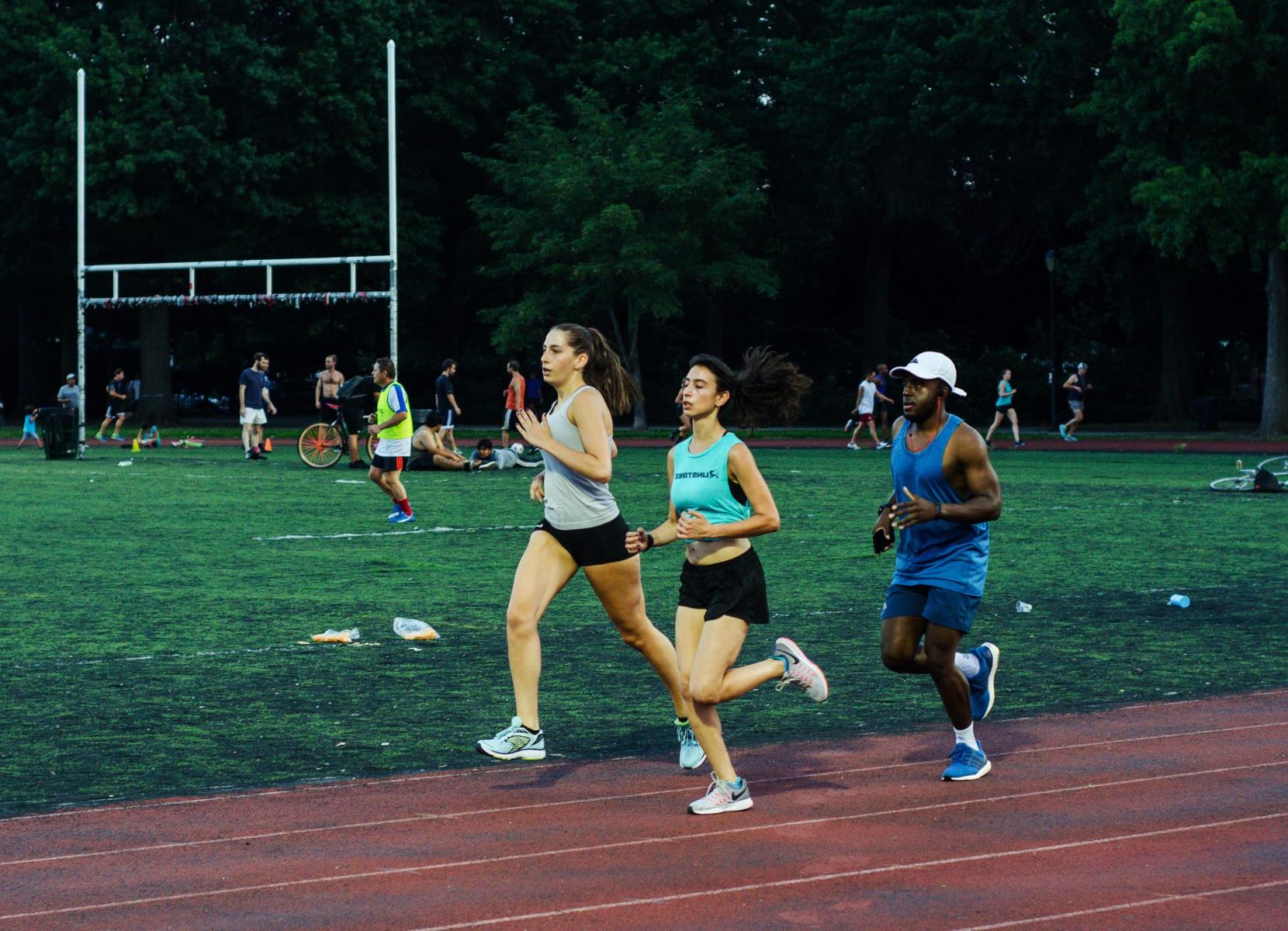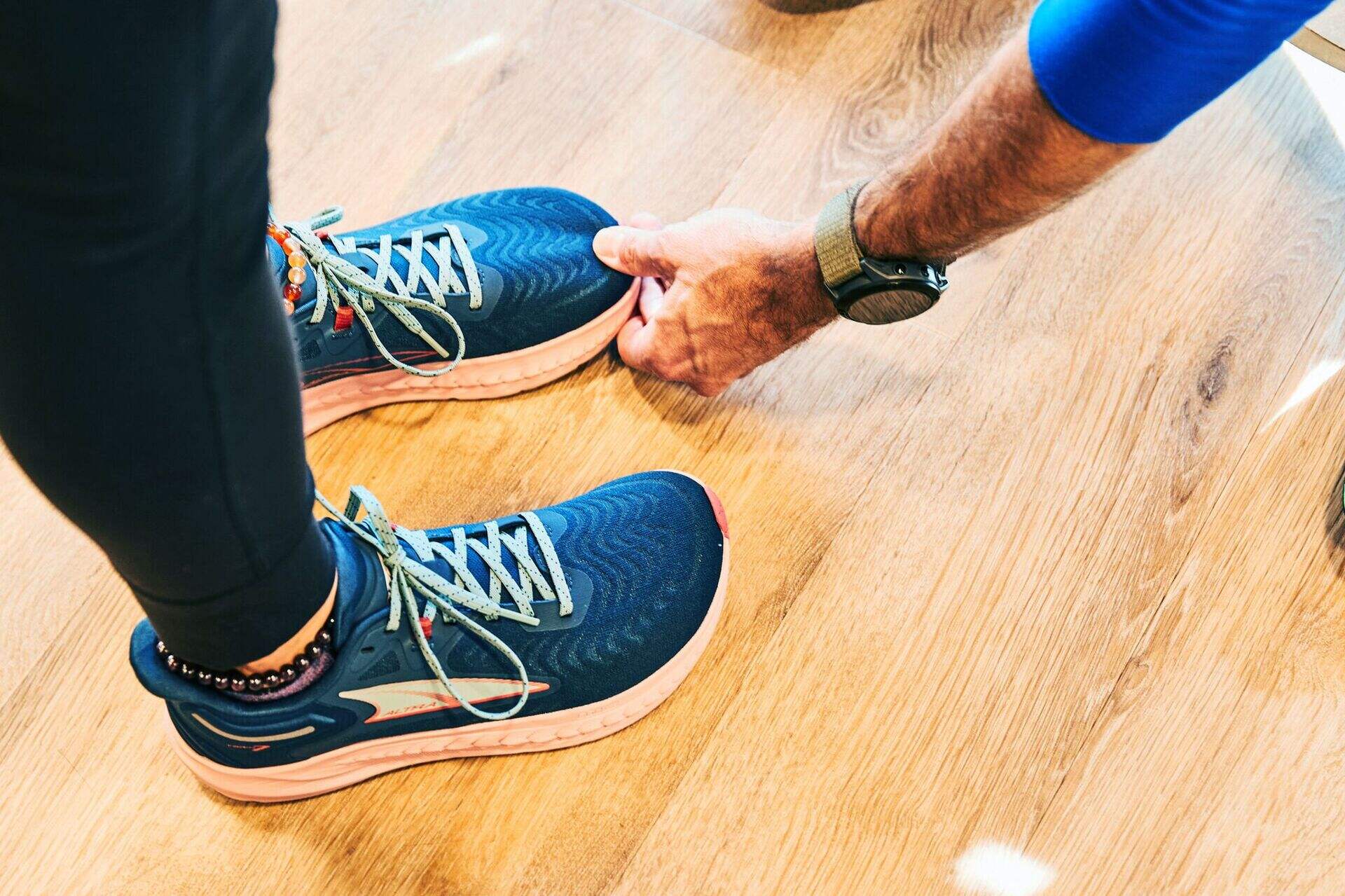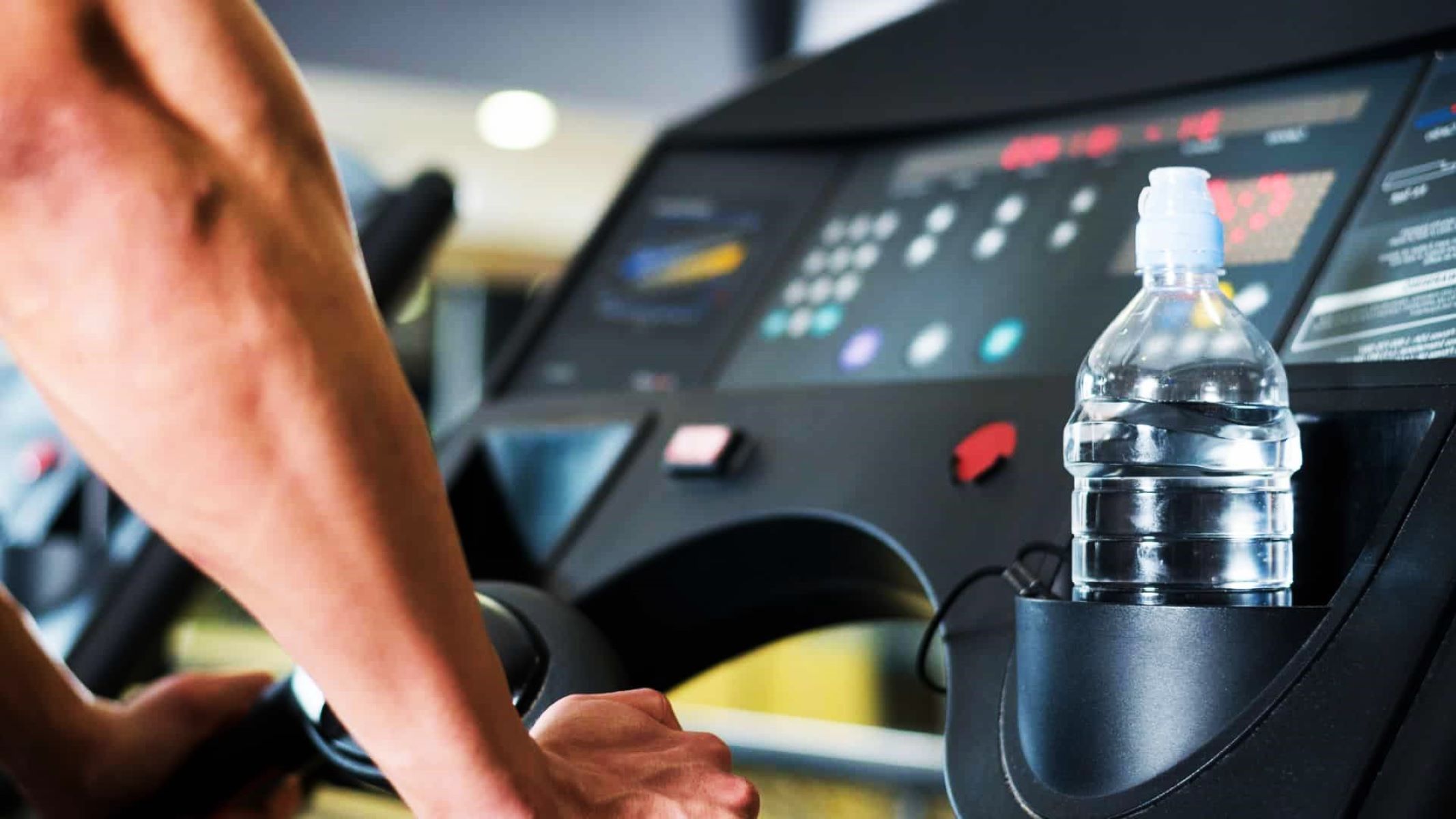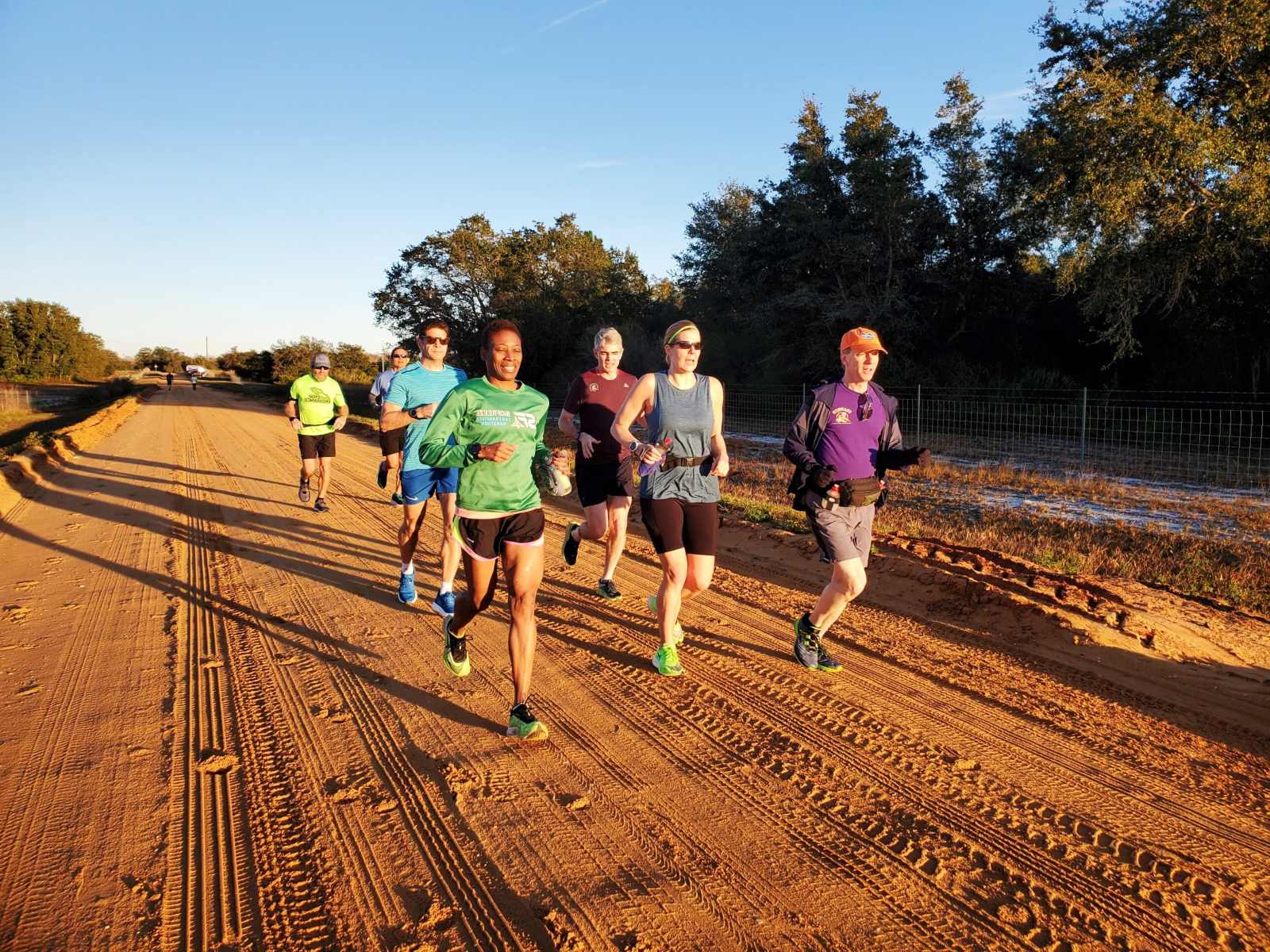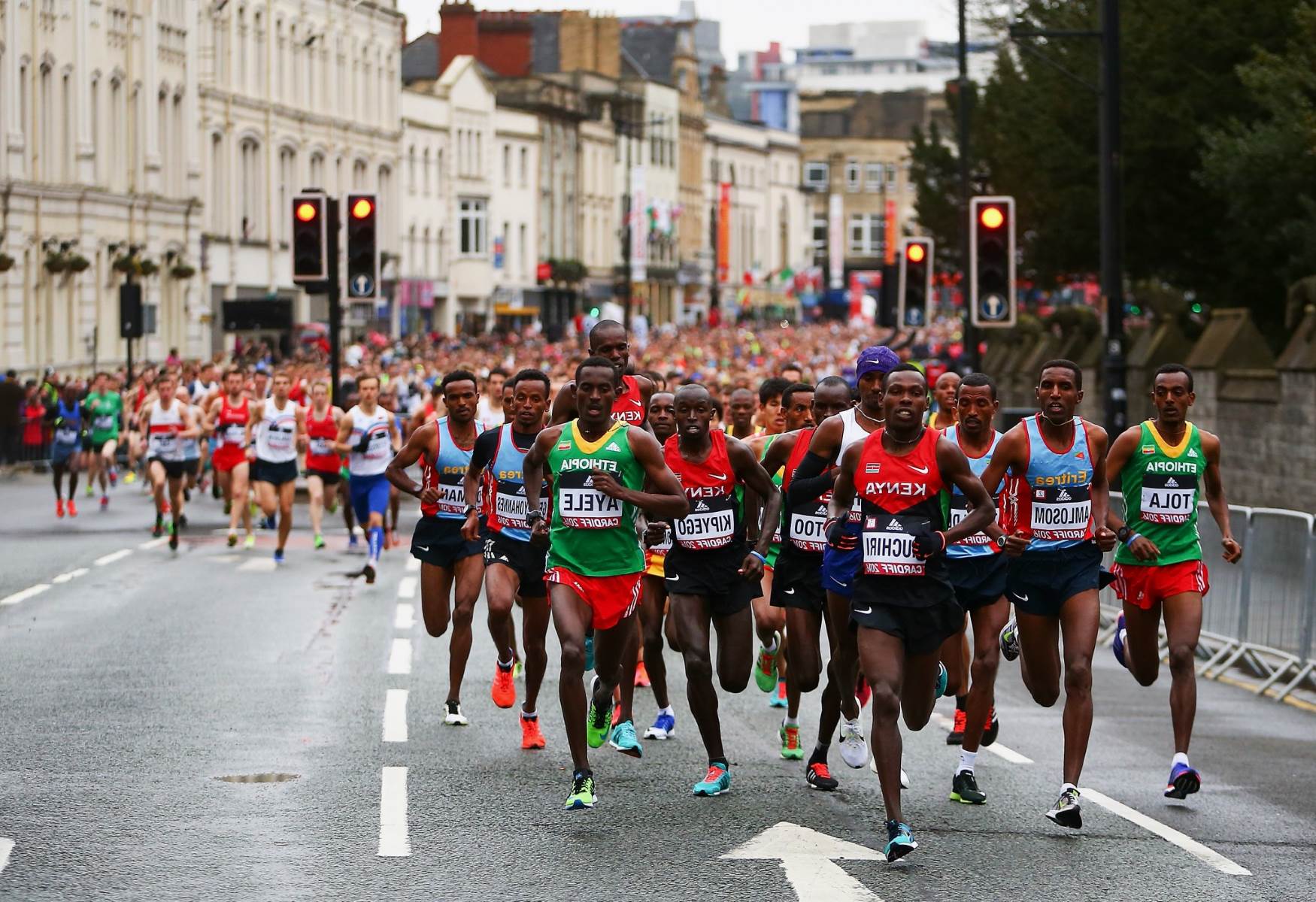Home>Health & Nutrition>Injury Prevention>Expert Advice On Splayed Feet And Running
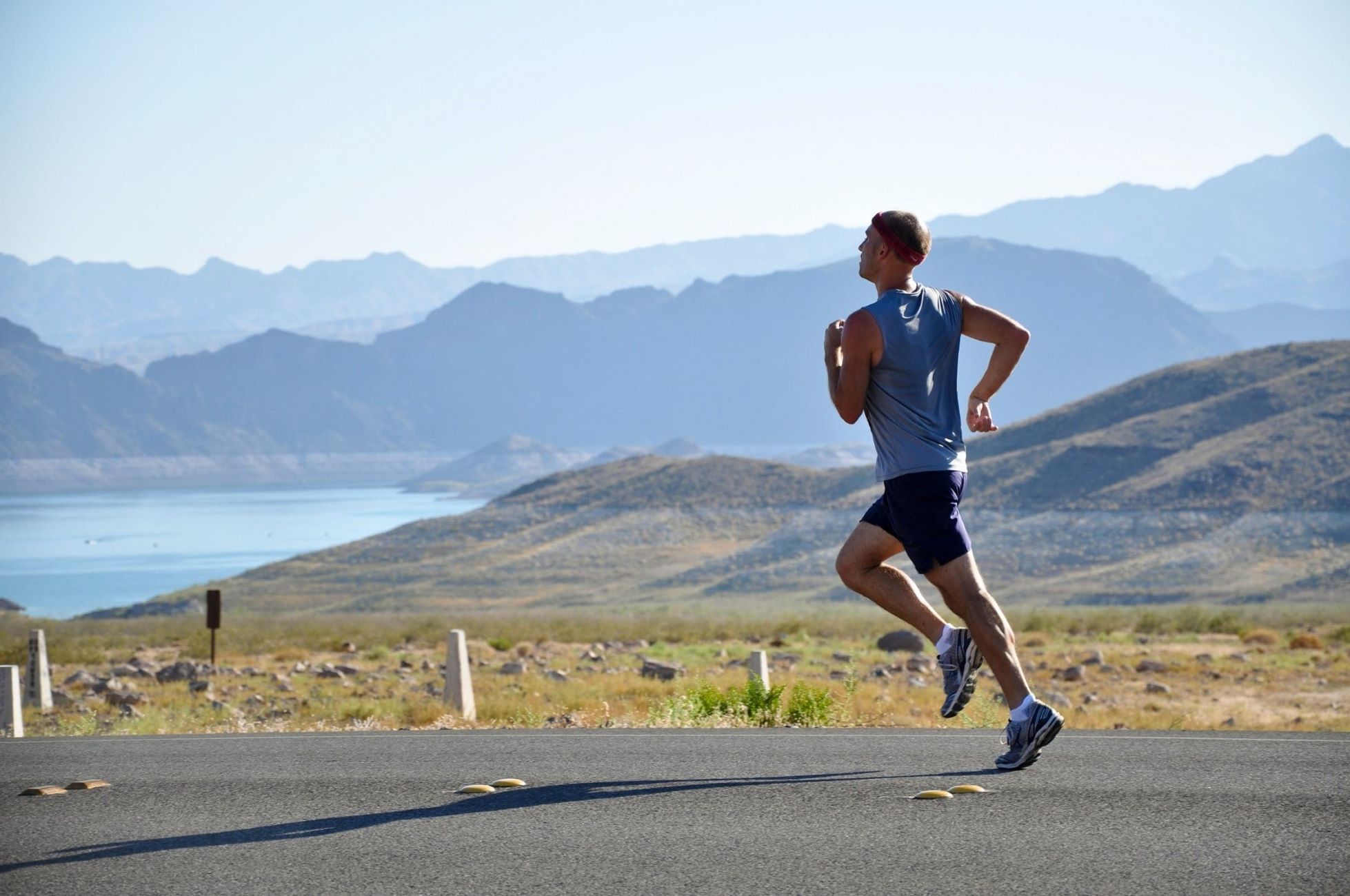

Injury Prevention
Expert Advice On Splayed Feet And Running
Published: February 26, 2024
Get expert advice on preventing running injuries related to splayed feet. Learn how to protect your feet and improve your running form.
(Many of the links in this article redirect to a specific reviewed product. Your purchase of these products through affiliate links helps to generate commission for Therunningadvisor.com, at no extra cost. Learn more)
Table of Contents
Understanding Splayed Feet
Splayed feet, also known as flat feet or fallen arches, is a condition where the arches of the feet collapse, causing the entire sole of the foot to come into complete or near-complete contact with the ground. This results in a wider, flatter foot shape, which can impact the way a person walks, runs, and distributes weight on their feet.
Individuals with splayed feet may experience discomfort or pain in the feet, ankles, knees, hips, or lower back due to the altered biomechanics of the feet. The condition can be caused by various factors, including genetics, injury, muscle weakness, or the natural aging process. It is important to note that while some people with splayed feet may not experience any symptoms, others may face significant challenges in their daily activities, particularly when engaging in physical activities like running.
Understanding the structure of the foot is crucial in comprehending splayed feet. The foot is a complex system of bones, muscles, tendons, and ligaments that work together to provide support, stability, and mobility. The arches of the feet play a vital role in absorbing shock and distributing the body's weight during movement. When the arches collapse, as in the case of splayed feet, the foot loses its ability to effectively manage impact forces, leading to potential discomfort and increased risk of injury.
It's important to recognize that splayed feet can vary in severity, with some individuals having a partial collapse of the arches, while others have a complete flattening of the arches. Understanding the specific characteristics of one's splayed feet is essential in determining the most appropriate strategies for managing the condition and preventing associated issues.
By gaining a deeper understanding of splayed feet, individuals can make informed decisions about their footwear, exercise routines, and overall approach to physical activities, ultimately empowering them to take proactive steps in addressing the challenges associated with this condition.
Read more: Expert Advice For Running In Hot Weather
Impact of Splayed Feet on Running
Running with splayed feet can significantly impact an individual's overall running experience and physical well-being. The altered biomechanics resulting from splayed feet can affect the way the feet make contact with the ground, potentially leading to a range of challenges for runners. Understanding the specific impact of splayed feet on running is crucial for individuals with this condition to adapt their approach to running and minimize the risk of discomfort or injury.
Altered Gait and Stability
Splayed feet can disrupt the natural gait pattern and stability during running. The collapse of the arches can cause the feet to roll inward excessively, a condition known as overpronation. This excessive inward rolling can lead to instability and reduced shock absorption, potentially increasing the risk of discomfort and injury, particularly in the ankles, knees, and hips. Runners with splayed feet may find it challenging to maintain a stable and efficient stride, impacting their overall running performance and enjoyment.
Increased Stress on Lower Body
The altered foot structure associated with splayed feet can result in increased stress on the lower body during running. Without the natural arch support, the feet may struggle to effectively distribute the impact forces generated with each stride. This can lead to heightened pressure on the feet, ankles, and lower legs, potentially contributing to discomfort, fatigue, and a higher likelihood of overuse injuries. Runners with splayed feet may experience a greater degree of physical strain, particularly during longer or more intense running sessions.
Risk of Overuse Injuries
Runners with splayed feet may face an elevated risk of overuse injuries due to the altered foot mechanics. The increased stress on the feet and lower body, combined with potential instability and inefficient shock absorption, can contribute to conditions such as plantar fasciitis, shin splints, and stress fractures. These overuse injuries can significantly impact a runner's ability to maintain a consistent training regimen and achieve their running goals, highlighting the importance of addressing the specific challenges associated with splayed feet.
Adaptation and Injury Prevention
Understanding the impact of splayed feet on running allows individuals to adapt their approach to running and implement strategies to minimize the associated risks. This may involve selecting appropriate footwear designed to provide adequate support and stability for splayed feet, as well as incorporating strengthening exercises to enhance the resilience of the feet and lower body. Additionally, maintaining proper running form and gradually increasing training intensity can help mitigate the impact of splayed feet on running and reduce the likelihood of discomfort or injury.
By recognizing the specific challenges posed by splayed feet during running, individuals can take proactive measures to optimize their running experience and prioritize injury prevention. Through a combination of informed decision-making, tailored training approaches, and attentive self-care, runners with splayed feet can pursue their passion for running while minimizing the potential impact of this condition on their overall well-being.
Expert Tips for Runners with Splayed Feet
-
Seek Professional Assessment: Before embarking on a running regimen, it is advisable for individuals with splayed feet to seek a professional assessment from a podiatrist or orthopedic specialist. This assessment can provide valuable insights into the specific characteristics of one's splayed feet and any associated biomechanical issues. Understanding the individual nuances of splayed feet is essential for tailoring an effective approach to running and injury prevention.
-
Choose Supportive Footwear: Selecting appropriate footwear is crucial for runners with splayed feet. Look for running shoes with features designed to provide stability, arch support, and cushioning. Motion control or stability shoes can help address overpronation, a common issue associated with splayed feet, while cushioned soles can enhance shock absorption and reduce the impact on the feet and lower body during running.
-
Custom Orthotics: Consider using custom orthotic inserts prescribed by a healthcare professional. These inserts can be specifically designed to address the unique foot structure and biomechanics associated with splayed feet, providing tailored support and alignment during running. Custom orthotics can help optimize foot function, reduce discomfort, and mitigate the risk of overuse injuries for runners with splayed feet.
-
Gradual Training Progression: When initiating or modifying a running routine, it is important for individuals with splayed feet to prioritize gradual training progression. Gradually increasing running duration, intensity, and distance allows the feet and lower body to adapt to the demands of running while minimizing the risk of overuse injuries. This approach can help individuals with splayed feet build strength and resilience, enhancing their capacity to engage in running activities over time.
-
Strengthening Exercises: Incorporating specific strengthening exercises for the feet, ankles, and lower legs can be beneficial for runners with splayed feet. Exercises such as toe curls, calf raises, and ankle stabilization drills can help improve the muscular support and stability of the feet, contributing to enhanced running performance and injury prevention. Consulting with a physical therapist or exercise specialist can aid in developing a targeted strengthening routine tailored to the needs of individuals with splayed feet.
-
Maintain Proper Form: Paying attention to running form is essential for individuals with splayed feet. Focusing on maintaining a neutral alignment of the feet, ankles, and lower legs during running can help minimize excessive inward rolling and reduce the strain on the feet and lower body. Engaging in gait analysis or seeking guidance from a running coach can provide valuable insights into optimizing running form for individuals with splayed feet.
By implementing these expert tips, runners with splayed feet can enhance their running experience, minimize the impact of their condition, and prioritize injury prevention, ultimately empowering them to pursue their passion for running with confidence and resilience.
Choosing the Right Footwear for Splayed Feet
Selecting the appropriate footwear is a critical consideration for individuals with splayed feet, especially when engaging in physical activities like running. The right pair of running shoes can significantly impact comfort, stability, and injury prevention for runners with splayed feet. When exploring footwear options, several key factors should be taken into account to ensure optimal support and performance.
Arch Support and Stability
One of the primary considerations when choosing running shoes for splayed feet is the presence of adequate arch support and stability features. Look for shoes specifically designed to address overpronation, a common issue associated with splayed feet. Motion control or stability shoes are engineered to provide enhanced support and alignment, helping to mitigate the excessive inward rolling of the feet during running. These features can contribute to improved gait mechanics and reduced strain on the feet and lower body.
Cushioning and Shock Absorption
Effective shock absorption is essential for runners with splayed feet to minimize the impact of each stride on the feet and lower limbs. Opt for running shoes with ample cushioning in the midsole and heel areas. The cushioned soles can help distribute impact forces more evenly, reducing the stress on the feet and lower body. Additionally, adequate cushioning can enhance overall comfort and reduce the likelihood of discomfort or pain associated with splayed feet during running.
Custom Orthotic Compatibility
For individuals with splayed feet, custom orthotic inserts can play a crucial role in optimizing foot function and alignment. When selecting running shoes, consider the compatibility of the footwear with custom orthotics prescribed by a healthcare professional. Look for shoes with removable insoles and sufficient depth in the midsole to accommodate custom orthotic inserts. This compatibility ensures that individuals with splayed feet can benefit from tailored support and alignment while wearing their running shoes.
Proper Fit and Comfort
Ensuring a proper fit and overall comfort is paramount when choosing running shoes for splayed feet. It is advisable to visit a specialty running store where knowledgeable staff can assist in finding the right fit. Pay attention to the width and depth of the shoe to accommodate the wider foot shape associated with splayed feet. Additionally, prioritize comfort during the fitting process, ensuring that the shoes provide ample room in the toe box and do not cause any undue pressure points or discomfort.
Breathability and Durability
While focusing on support and comfort, it is also important to consider the breathability and durability of running shoes for individuals with splayed feet. Look for shoes constructed from breathable materials to promote airflow and reduce the risk of moisture buildup, which can contribute to discomfort and potential skin issues. Furthermore, prioritize durable construction to ensure that the shoes can withstand the demands of running and provide long-lasting support and performance.
By considering these essential factors when choosing running shoes, individuals with splayed feet can optimize their footwear selection to support their unique biomechanical needs, enhance running comfort, and reduce the risk of discomfort or injury. Investing in the right pair of running shoes tailored to splayed feet can significantly contribute to a more enjoyable and sustainable running experience.
Read more: The Secrets Of A Running Expert’s Endurance
Strengthening Exercises for Splayed Feet
Incorporating specific strengthening exercises tailored to the unique biomechanical characteristics of splayed feet can play a pivotal role in enhancing foot stability, resilience, and overall running performance. These exercises are designed to target the muscles, tendons, and ligaments of the feet, ankles, and lower legs, ultimately contributing to improved support and alignment for individuals with splayed feet.
Toe Curls
Toe curls are a simple yet effective exercise for strengthening the muscles of the feet. To perform this exercise, individuals can sit in a chair and place a towel on the floor in front of them. Using their toes, they can scrunch up the towel towards them, engaging the muscles on the underside of the foot. This exercise helps to enhance the strength and flexibility of the foot muscles, promoting better arch support and stability.
Calf Raises
Calf raises are beneficial for strengthening the calf muscles, which play a crucial role in supporting the arches of the feet. Individuals can perform calf raises by standing with their feet hip-width apart and lifting their heels off the ground, rising onto the balls of their feet. This movement engages the calf muscles, promoting greater strength and endurance in the lower legs, which can contribute to improved shock absorption and stability during running.
Ankle Stabilization Drills
Ankle stabilization drills focus on enhancing the proprioception and stability of the ankles, which are essential for individuals with splayed feet. One effective drill involves standing on one leg and maintaining balance while performing small ankle circles. This exercise challenges the ankle muscles to stabilize the foot and improve overall balance, reducing the risk of excessive inward rolling during running.
Resistance Band Exercises
Utilizing resistance bands can be beneficial for individuals with splayed feet to target the muscles of the feet and lower legs. Exercises such as resisted ankle dorsiflexion and eversion with a resistance band can help strengthen the muscles responsible for maintaining proper foot alignment and stability. These exercises can be performed under the guidance of a physical therapist or exercise specialist to ensure proper form and technique.
Yoga and Pilates
Practicing yoga and Pilates can provide valuable opportunities for individuals with splayed feet to improve foot strength, flexibility, and alignment. Specific poses and movements in these disciplines, such as downward-facing dog, toe spread, and arch lifts, can target the muscles and connective tissues of the feet and lower legs, promoting enhanced support and stability for running.
Incorporating these strengthening exercises into a regular training routine can help individuals with splayed feet build the muscular strength, endurance, and stability necessary to mitigate the challenges associated with this condition. By focusing on targeted strengthening, individuals can enhance their foot mechanics, reduce the risk of discomfort or injury, and optimize their running experience with confidence and resilience.
Preventing Injuries while Running with Splayed Feet
Preventing injuries while running with splayed feet is a paramount consideration for individuals with this condition. The altered biomechanics associated with splayed feet can pose unique challenges during running, making injury prevention a crucial aspect of maintaining a sustainable and enjoyable running experience. By implementing targeted strategies and proactive measures, individuals with splayed feet can minimize the risk of discomfort and injury, allowing them to pursue their passion for running with confidence and resilience.
Proper Warm-Up and Cool Down
Prior to engaging in running activities, individuals with splayed feet should prioritize a comprehensive warm-up routine to prepare the muscles, tendons, and ligaments for the demands of running. Dynamic stretches and mobility exercises can help improve circulation, enhance flexibility, and promote optimal alignment of the feet and lower body. Additionally, incorporating a thorough cool-down routine following running sessions can aid in reducing muscle tension and promoting recovery, minimizing the risk of strain or overuse injuries associated with splayed feet.
Read more: Top Picks: Best Running Shoes For Wide Feet
Gradual Training Progression
Gradual training progression is essential for individuals with splayed feet to adapt to the demands of running and minimize the risk of overuse injuries. By gradually increasing running duration, intensity, and distance, individuals can allow their feet and lower body to acclimate to the impact forces and biomechanical challenges associated with splayed feet. This approach promotes the gradual strengthening and conditioning of the feet and lower limbs, reducing the likelihood of discomfort or injury during running activities.
Monitoring Running Surfaces
The choice of running surfaces can significantly impact the risk of injuries for individuals with splayed feet. Opting for softer, more forgiving surfaces such as grass, trails, or synthetic tracks can help reduce the impact forces on the feet and lower body, minimizing the risk of discomfort or overuse injuries. Additionally, individuals with splayed feet should be mindful of uneven terrain and potential hazards to mitigate the risk of accidental injuries during running.
Listen to the Body
Maintaining attentiveness to the body's signals and feedback is crucial for injury prevention when running with splayed feet. Individuals should pay close attention to any signs of discomfort, pain, or unusual sensations in the feet, ankles, or lower limbs during running. Addressing any discomfort promptly by adjusting running intensity, form, or duration can help prevent the exacerbation of potential issues and reduce the risk of injury associated with splayed feet.
Professional Guidance and Support
Seeking professional guidance from a podiatrist, physical therapist, or running coach can provide valuable insights and support for injury prevention when running with splayed feet. These professionals can offer personalized recommendations, gait analysis, and exercise strategies tailored to the specific biomechanical challenges posed by splayed feet. Additionally, they can assist in identifying potential risk factors and implementing proactive measures to minimize the likelihood of injuries during running activities.
By integrating these injury prevention strategies into their running routine, individuals with splayed feet can proactively mitigate the risk of discomfort and injury, allowing them to pursue their running endeavors with confidence and resilience. Prioritizing injury prevention not only supports the overall well-being of individuals with splayed feet but also contributes to a sustainable and fulfilling running experience.


